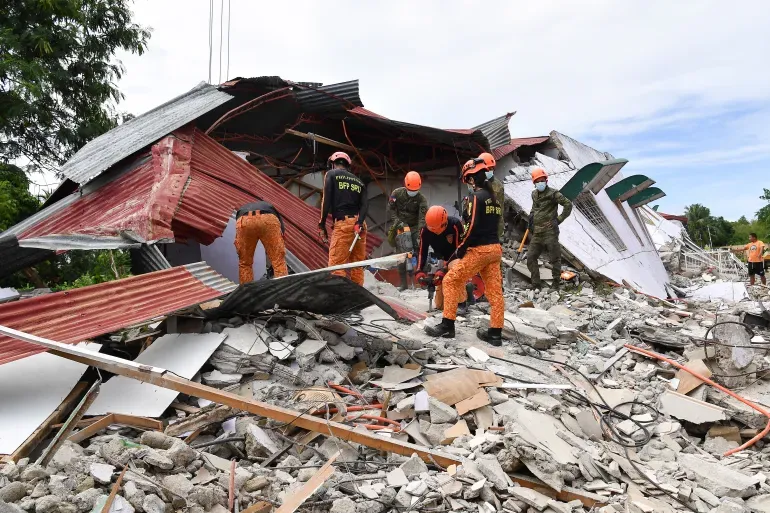7.5-Magnitude Quake Shakes Southern Philippines, Triggers Tsunami Fears and Widespread Panic
Related Articles
Trump Launches High-Value Gold Card Visa: Who Qualifies and How to Apply
The long-promised ‘Gold Card’ visa programme was launched on Wednesday by the United States President Donald Trump. This has opened applications for all corporation...
महीनों की मेहनत, झारखंड, हरियाणा, हिमाचल से जुटाए सबूत, फिर शुरू हुआ सबसे बड़ा क्रैक डाउन
दो महीने की गुप्त जांच, 52 जिलों में छापेमारी, पहली बार NDPS और BNS एक्ट में FIR
मुख्यमंत्री योगी आदित्यनाथ की Zero Tolerance नीति का...
Why Is There a ‘9’ in FA9LA? How Akshaye Khanna Became Dhurandhar’s Rehman Dakait
As Dhurandhar continues its strong theatrical run after its December 5 release, one unexpected breakout element from the film is the Arabic track FA9LA....


